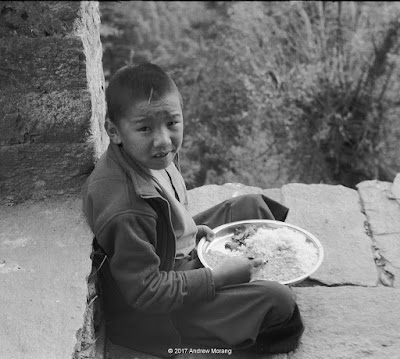Mound Bayou is a historic town in Bolivar County, Mississippi.
 |
| I.T Montgomery house, W. Main Street, Mound Bayou, Mississippi |
"Isaiah T. Montgomery House Mound Bayou, Mississippi. Established by former slave Isaiah T. Montgomery, Mound Bayou was one of the earliest all-black municipalities, located in the Mississippi Delta following the Civil War. Today, Montgomery's home is in urgent need of stabilization and rehabilitation."I wrote about Mound Bayou in 2012, and at that time, I.T. Montgomery's house looked intact, although I was not able to see inside.
 |
| Undated photograph of I.T. Montgomery house from Mississippi Department of Archives and History. |
 |
| Edwards Ave. (Old Hwy. 61), view south, Mound Bayou, Mississippi |
Today, Mound Bayou looks rough and beat-up. The main road through town, Edwards Avenue, has the standard closed shops and shop-a-minute gas stations.
Willie's transmission appears to be closed. You can see the I.T. Montgomery house a block away on the left.
This building at the corner of W. Main and Green Streets was the Bank of Mound Bayou, founded by Charles Banks in 1904, the first Black-owned bank in Mississippi.
The historic Taborian Hospital was closed for decades, then restored, and now is closed again. It is sad.
The history of Mound Bayou is a story of determination, back-breaking hard work, and a dream of creating a better life for African Americans in an era when they were treated brutally by the Southern white political establishment. National Public Radio featured Mound Bayou in one of their 2017 Our Land series. Booker T. Washington wrote a fascinating description of Mound Bayou's founding and early history in an article titled, "A Town Owned by Negroes, Mound Bayou, Miss., an Example of Thrift and Self-Government," July 1907 (archive from from Johns Hopkins Press).
The black and white photographs are from Kodak TMax 100 film, exposed with a Pentax Spotmatic camera (1971 vintage). I scanned the negatives with a Plustek 7600i film scanner controlled with Silverfast Ai software.



















































